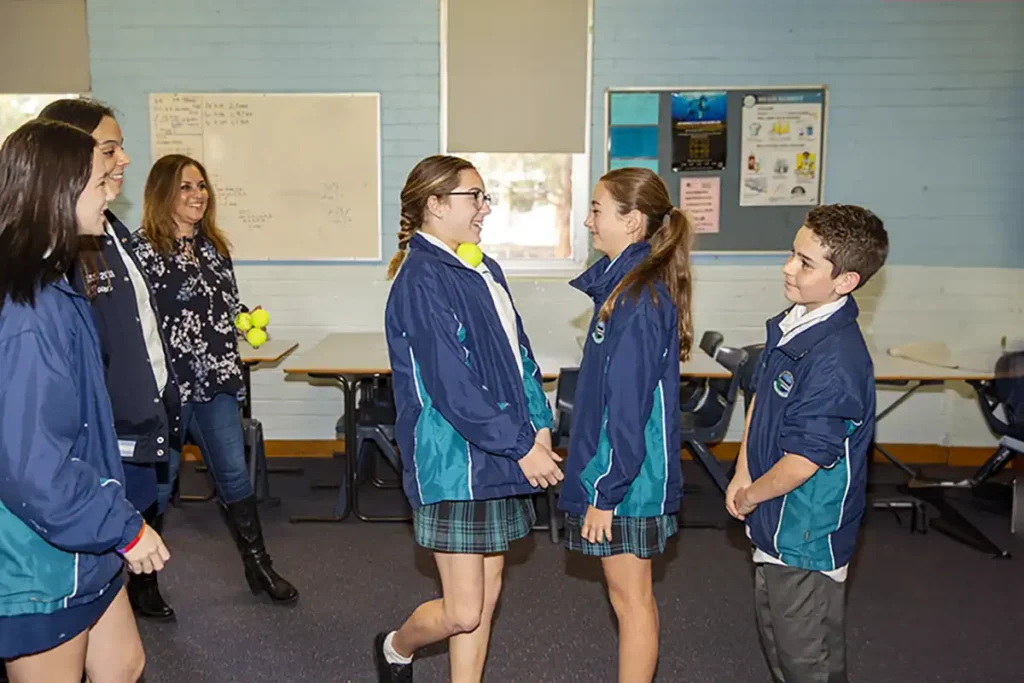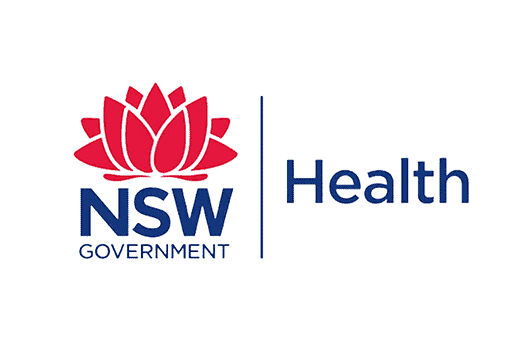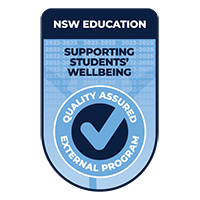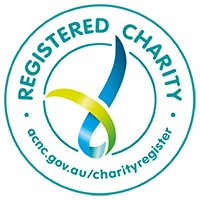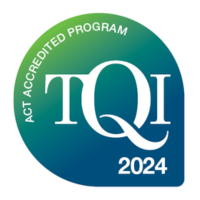It can be tricky for teachers and school leaders to navigate from the plethora of available student wellbeing programs in schools. How can you choose the best one for your school? Here’s what two Australian studies found.
A review of student wellbeing programs in schools supported the structure and approach of the Peer Support Program
The Australian Centre for Education Research (ACER) conducted a systematic review and meta-analysis of 78 evaluations of school wellbeing programs. This is the best type of research as it looks at all the available studies, including the quality of each one, and summarises the evidence across them all.
The 2020 review highlights the benefits of wellbeing programs on academic performance, in addition to wellbeing measures. This means that wellbeing programs in schools deliver on student wellbeing – and boost academic outcomes.
It found that the most effective wellbeing programs are those that:
- foster school belonging and engagement
- provide mentoring
- build social‑emotional skills
This is good news for Peer Support Australia, as our program does all three of these things.
The review also reinforces the importance of teacher professional learning. Teachers, keep learning about student wellbeing! It helps your students emotionally and socially, which in turn, helps them do their best work.
The research identifies factors common to wellbeing programs with the most evidence of impact on student outcomes. These include:
- shorter programs of up to one school term to fit into a crowded curriculum.
- delivered over a number of regular sessions to student capacity.
- universal interventions that raise awareness to build the whole community.
- delivered to small groups of students.
Again, these factors align with the Peer Support Program structure and approach, confirming that our program is best practice.
You can read the full study here.
A NSW primary school study found our program was the most commonly used student wellbeing program in schools
A 2021 study, published in the journal School Mental Health, provides some interesting insights into school wellbeing programs.
The researchers acknowledged that little is known regarding the uptake of social and emotional literacy (SEL) and other mental health and wellbeing programs by Australian schools, and particularly, the extent to which schools implement programs with an existing evidence base.
The researchers looked at primary schools in NSW by surveying 597 school leaders. They looked at five core social emotional competencies:
- Recognising and managing emotions and behaviours.
- Setting and achieving positive goals.
- Appreciating the perspectives of others.
- Establishing and maintaining positive relationships.
- Making responsible decisions.öne
They discovered that 68 different programs were being delivered across the schools. Most schools deliver multiple programs — most commonly two or three. One quarter of the schools delivered just one program.
The Peer Support Program was the most commonly used program. One-fifth (19.4%) of principals reported delivery of our program. Schools had run the Peer Support Program, on average, for more than five years, targeting students at all or most stages.
Principals rated the effectiveness of our program 2.28 (with highest score being 3), which was higher than the average score for all programs.
The researchers wrote that schools take “a hit and miss approach to wellbeing”, with the lack of program evaluation eroding capacity to develop an understanding of effective strategies for promoting wellbeing in schools.
You can read the study here.
Too busy to do your own research? Use your state’s external wellbeing program directory
As both studies highlight, it’s challenging for schools to work out which program is best for their school. There are many programs with limited evidence – and school leaders and teachers are too time poor to dig through the research on each one.
Some state and territory education departments have their own external wellbeing program directories available to public schools to help overcome this problem. The education departments have done the hard work for you, inviting program providers to tender for a listing as a recommended provider. The tender processes are rigorous, requiring providers to include the evidence for their program and its outcomes. The Peer Support Program is listed in two directories – the NSW Department of Education and The SA Department for Education.
Improve school-wide student wellbeing
Better support student mental health through a peer-led approach to wellbeing, trusted by 620+ schools Australia-wide.

